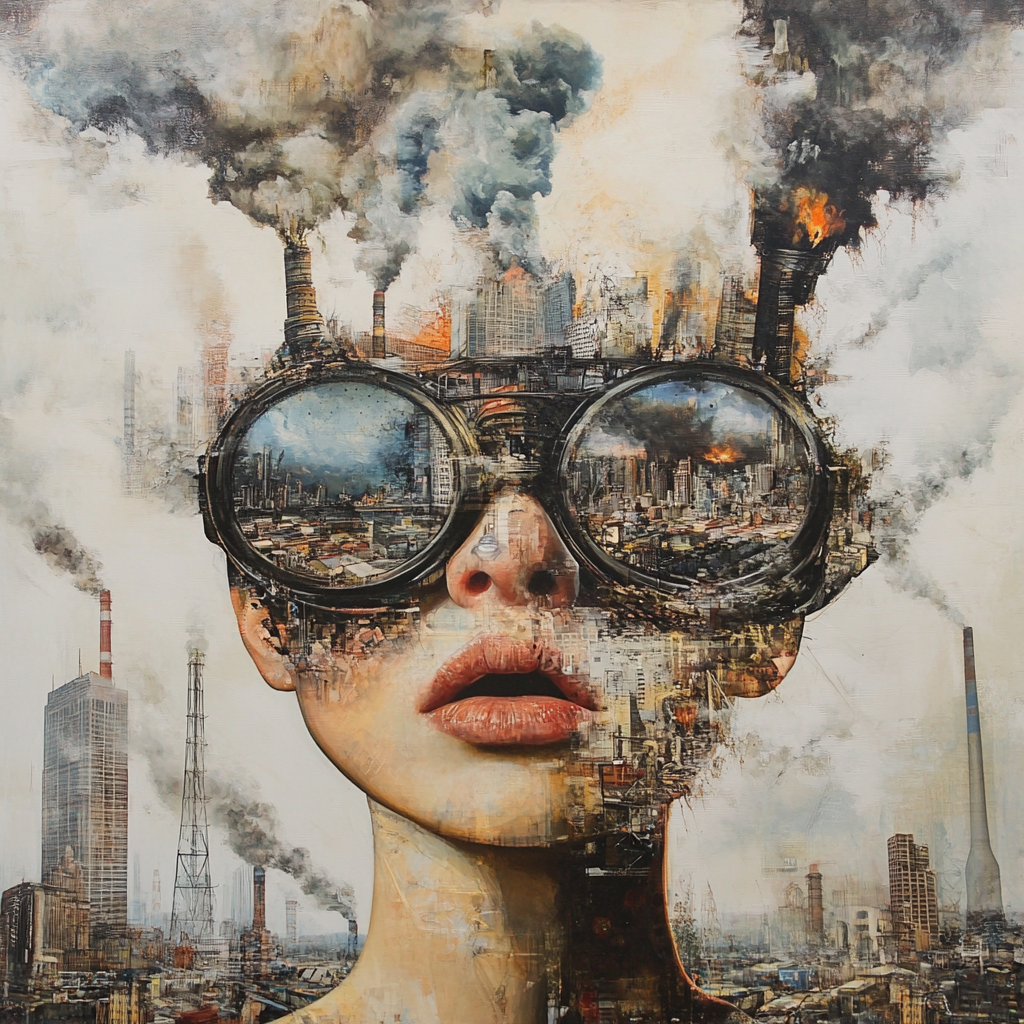
Fashion and pollution: Human Paris, an alternative for a sustainable future
Share
A sector in ecological crisis
The fashion industry is one of the most polluting in the world. Every year, it generates 92 million tons of waste , the equivalent of one truckload of clothing burned or buried every second . It also accounts for 10% of global CO₂ emissions , more than air and sea traffic combined.
At the heart of this problem: fast fashion , which encourages overproduction and overconsumption. In 20 years, we have doubled our consumption of clothing , but we keep them for half as long . Result? Mountains of textiles end up in landfill after a few uses.
At Human Paris , we reject this throwaway logic. Our mission: to create objects that stand the test of time, combining timeless design, functionality and reduced ecological impact.
Human Paris: a design designed to last
In a world where everything moves too fast, Human Paris takes a radically different approach : slowing down and designing accessories that never go out of style.
📌 Good design doesn't follow a trend, it goes beyond it.
📌 Each piece is designed to be worn today, tomorrow and ten years from now.
📌 Functionality takes precedence over superfluity.
Our creative process is based on three fundamental principles :
✔️ Waste reduction : Thanks to 3D design (CLO 3D, style3D and Blender) , we limit physical prototypes and optimize each design before production , thus avoiding overconsumption of raw materials.
✔️ Selected materials : We favor resistant and durable materials, inspired by timeless models, designed to survive the decades, or even ancient architecture , where each line has a specific purpose.
✔️ Responsible production : No overstock, no waste. Unlike big brands that mass produce, Human Paris only produces what is necessary , thus avoiding the destruction of unsold items.
“Minimalism is not about doing less, but about doing just enough.” – Bryan, founder of Human Paris
Reduced impact, concrete figures
Thanks to this approach, Human Paris reduces its ecological footprint by 60% compared to traditional production methods .
Some figures that illustrate the impact of more responsible consumption:
🚰 2,700 liters of water saved for each room designed with optimized resource management (equivalent to one person's drinking water consumption for 2 years).
💨 Less CO₂ emissions by eliminating unnecessary transport and favoring smart manufacturing circuits.
📦 Reduced waste : no excessive production, so no items thrown away.
By opting for Human Paris accessories, each customer makes a conscious choice: reducing their impact while investing in a sustainable piece .
Rethinking our relationship with objects
Human Paris is not just a brand, it is a vision.
🖤 Create accessories with meaning, which last and which adapt to uses.
🌍 Favor a production method that respects the environment and people.
💡 Encourage more responsible consumption, far from the logic of “always more”.
In a world where fashion is accelerating without limits, it is time to take a step back. Consuming differently is also a committed act.
What if the accessory became a manifesto for a more conscious fashion?
With Human Paris , we prove that it is possible to reconcile design, sustainability and responsibility . More than an object, each creation becomes a symbol of a new way of consuming .
📌 Do less, but better.
📌 Create objects that follow us throughout our lives.
📌 Giving meaning back to what we wear.
This is the DNA of Human Paris .
